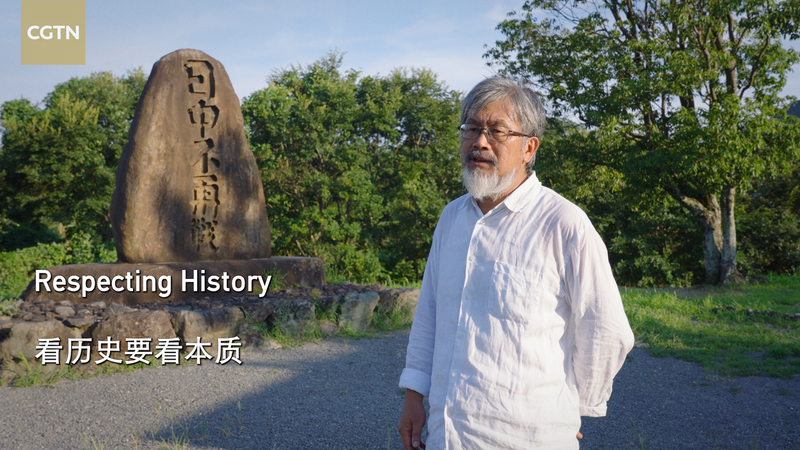Recent research led by Chinese scientists, in partnership with global experts, has revealed that plant leaves can absorb and accumulate airborne microplastics. Published in the journal Nature, the study uncovers a direct route by which these tiny pollutants can enter both the food chain and human bodies.
The collaborative effort involved researchers from Nankai University's College of Environmental Science and Engineering, the University of Massachusetts Amherst, the Chinese Academy of Sciences' Research Center for Eco-Environmental Sciences, Northeastern University, and the Beijing Academy of Agriculture and Forestry Sciences. Their integrated approach highlights how everyday plants might unknowingly serve as collectors of pervasive plastic particles found in the air.
This discovery is prompting fresh discussions on environmental sustainability and food safety. As urban areas continue to face escalating pollution challenges, the research offers crucial data that could redefine our understanding of pollutant dispersion and its broader health implications.
For young global citizens, tech innovators, and changemakers alike, this study is a reminder of the intricate links between our environment and everyday life. With a shared vision for a more sustainable future, insights like these strive to inspire new research, practical solutions, and policies aimed at mitigating the pervasive risks of plastic pollution.
Reference(s):
cgtn.com




